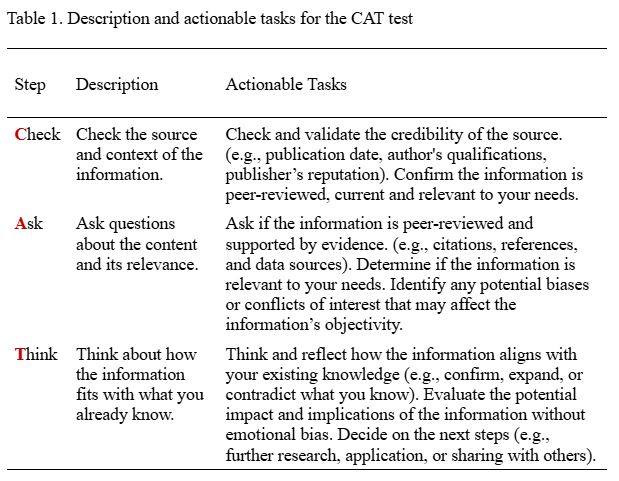There are a lot of methods to stimulate revenue growth from traditional marketing processes to leveraging innovative technologies. Earlier I published an article about top innovations that boost revenue growth for shopping malls. This time I’d like to share the...
There are a lot of methods to stimulate revenue growth from traditional marketing processes to leveraging innovative technologies. Earlier I published an article about top innovations that boost revenue growth for shopping malls.
This time I’d like to share the recent results of piloting our new feature — metaverse location-based advertising and show you how to almost double the average check per visitor.
Overview
Metaverse location-based advertising combines two of the most effective trends — metaverse and location-based advertising. Over the last couple of years, such brands as MTV, Dell, American Apparel and others spent advertising budgets on various metaverse advertising campaigns.
As you know, location-based advertising is 20 times more effective than regular banners, and metaverse extends the reality enabling you to use the virtual world to add interactive content.
In addition, this feature is powered by our proprietary localization and navigation technology that ensures 2 cm accurate positioning of advertising banners.
We’ve launched a pilot of metaverse location-based advertising in a US shopping mall (the name of the mall is under NDA). Also, they have been using our 3D map crowdsourcing and indoor AR navigation solutions. After three months of implementation and tests, a client shared feedback that the new feature generated more sales and doubled the average check per visitor of the shopping mall.
How it works
Let’s see how it works. Here is a brief video of piloting a new type of location-based advertising for metaverse that combines extended reality content, adaptive ad, precise banner positioning etc.
One of the most important things — the ad is adaptive and shows the relevant content (banners) based on selected points of interest in a navigation route.
When shopping mall visitors use AR navigation and select any point of interest — like cinema, specific shop (like bookstore N or shoe store), to be directed to, on their way there they will see AR ad banners from similar shops, including banners with sales, new collections, etc. Based on feedback from the shopping mall, about 80% of customers still reach the final location (the shop, selected in navigation), but buy extra goods in the shops they get an advertisement from.
Adaptiveness is not limited to showing similar shops. Smart metaverse advertising refers to related goods. For example, when the shopper selects a shoe store, it can show relevant extra shops like bag stores, accessories, etc.
Summing up
After lockdown many shopping malls start leveraging new innovative methods of advertising, creating new ways of communication with customers and improving customer experience to increase retention, average check and sales, which leads to higher revenue.
Metaverse location-based advertising combines two of the most effective trends. First, the metaverse allows you to expand the physical space and use the virtual world as an additional promotional platform.
Location-based advertising is an effective marketing channel as it shows the most relevant ads near the property. Location-based ads are much more effective than regular advertising. The mix of virtual advertising and metaverse is definitely the future.
Best regards,
Vitaliy Goncharuk
CEO and Founder of Augmented Pixels Inc







